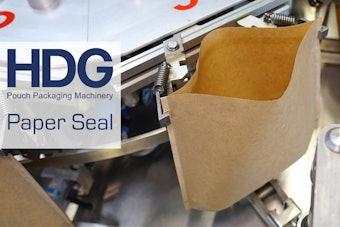Virtual package design that employs 3-D scanning, 3-D rendering, and “Black Box” simulation is reportedly being used by pharmaceutical firms to help them save time and money in designing molds, and in selecting packaging materials and processes. Can it also help medical device packagers? Yes, suggested Roy Christopherson, innovation director at AMCOR Flexibles Healthcare.
Christopherson and Peter Schmitt, president of Montesino Associates LLC, were co-presenters of Virtual Package Design: Reducing Development Time through Simulation, given during the Medical Design & Manufacturing East 2005 Conference in NY.
“Virtual design tries to cut time out of package development—and deliver a more robust way of developing it,” said Christopherson. “In scanning parts, you get a precision not capable with manual measurements. 3-D scans provide much more precise data that’s visual, so you can quickly evaluate designs. Once the scan of the part, tool, or package is made, it can be rendered into a 3-D drawing. On a computer you can then simulate what happens in thermoforming to determine areas of strength in the material, to see areas where punctures could occur, or to identify how snap fits will work, and so on,” he continued. The benefits: eliminating the need for extra tooling costs that can add millions of dollars to costs, and considerable time. A computer simulation showed how a mold of a package could be rotated and moved as necessary to examine the part.
Unlike the more traditional process where vendors generate specifications, develop tooling, then thermoform the components, Christopherson said that medical device companies could use virtual design to develop packaging. “This saves time, lowers risks, and hopefully squeezes out costs,” he said. “It puts the tools in the hands of the medical device company and allows for better validation. This is the way packaging development is going to be done in the future.”
“Computer simulation makes it easy to design, test, and develop your package,” added Montesino’s Schmitt. “With a 3-D simulation you know the thick and thin points within the material” during the thermoforming process, “and you can see how a product will fit into a part and gain a much better understanding of the process. This approach is used to help design cars, computers, planes, phones, and nuclear reactors. If it works for all these things, why can’t it work for medical devices?” —Jim Butschli
See the story that goes with this sidebar: Rx distributor turns to internal RFID





















